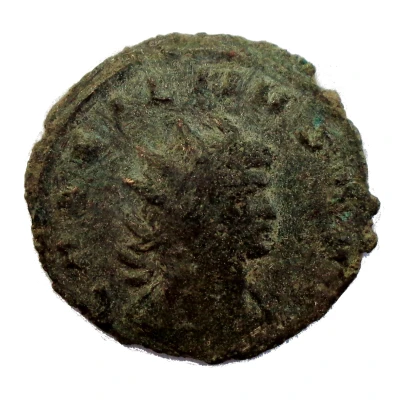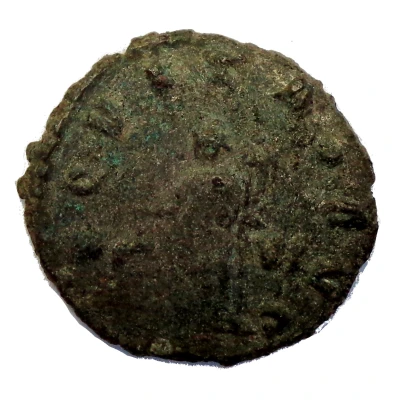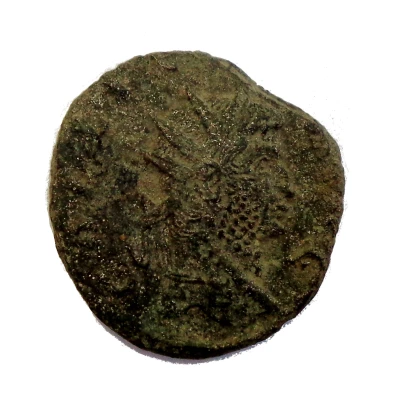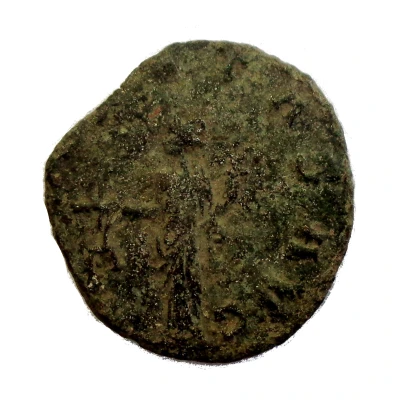


© John3 16
Antoninianus - Gallienus AEQVITAS AVG; fieldmark VI
263 year| Silver | 2.75 g | 21.0 mm |
| Issuer | Rome › Roman Empire (27 BC - 395 AD) |
|---|---|
| Emperor | Gallienus (Publius Licinius Egnatius Gallienus) (253-268) |
| Type | Standard circulation coin |
| Year | 263 |
| Value | Antoninianus (1) |
| Currency | Antoninianus, Reform of Caracalla (AD 215 – 301) |
| Composition | Silver |
| Weight | 2.75 g |
| Diameter | 21.0 mm |
| Thickness | 1.9 mm |
| Shape | Round (irregular) |
| Technique | Hammered |
| Orientation | Coin alignment ↑↓ |
| Demonetized | Yes |
| Updated | 2024-10-05 |
| Numista | N#223979 |
|---|---|
| Rarity index | 88% |
Reverse
Aeqvitas standing left, holding scales and cornucopiae, VI in right field
Script: Latin
Lettering: AEQVITAS AVG
Interesting fact
The Antoninianus coin, which was issued during the reign of Gallienus (260-268 AD), was a significant departure from the traditional Roman coinage design. It featured a new portrait of the emperor, showing him with a beard and a radiate crown, which symbolized his divine status. This design change was a departure from the traditional clean-shaven Roman emperor portraits and was seen as a way to emphasize the emperor's divine nature and connection to the gods. This coinage design was also unique in that it featured a fieldmark (VI) on the reverse side, which indicated the coin's value and helped to prevent counterfeiting. Overall, the Antoninianus coin was a distinctive and innovative coin design that reflected the changing political and religious landscape of the Roman Empire during the 3rd century AD.

